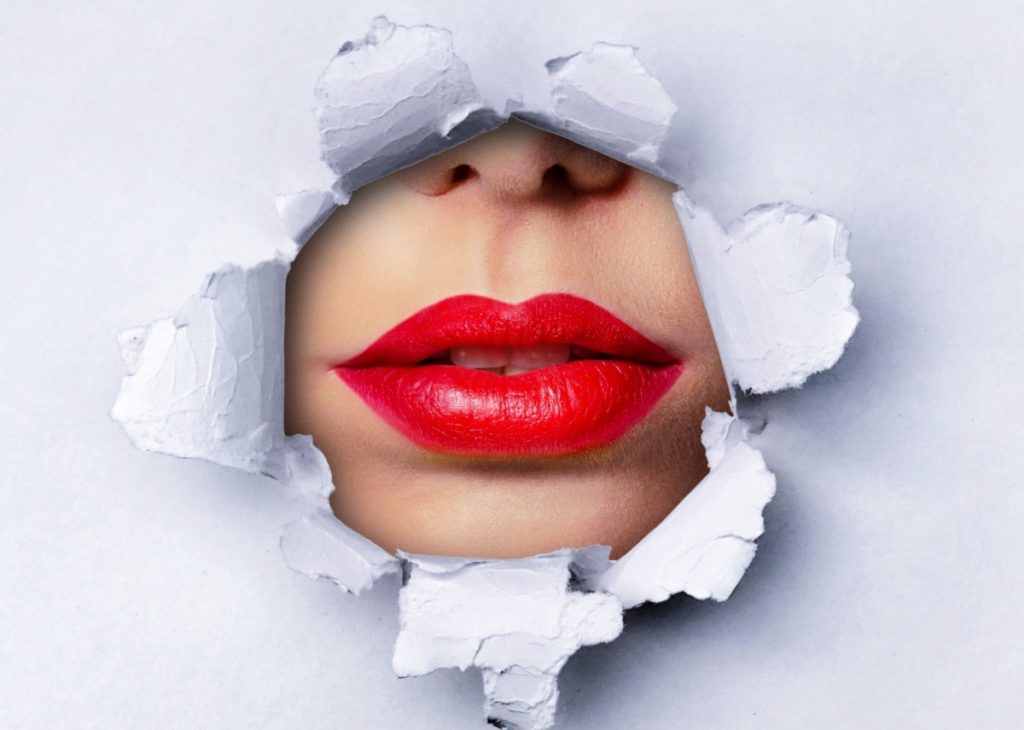Since our childhoods we’ve been conditioned to believe that people are either beautiful or ugly. In all the media we’ve consumed, there has been a specific image fed to us on what is considered beautiful and what is not. We’ve seen it in the toys we played with and the cartoons we watch even today.
As we’ve grown up a bit more, we’ve slowly grasped the benefits of being considered beautiful by society. Understanding the halo effect and consequently, that those that are considered conventionally attractive gain more social capital than someone who is considered less conventionally attractive.
This raises the question of what is considered conventionally attractive.
What is the standard? There’s no clear answer to that question, because the beauty standard shifts and changes through cultures and time.
However one thing is certain; the general consensus for what beauty is comes from marketing. The beauty industry upholds a set of features that a person must have to be perceived as attractive and emphasizes that in not having those features, you are inherently unattractive.
Nevertheless, capitalism has an answer! There are commodities provided at your nearest supermarket to help you fit into the standard! By doing this, the general public is conditioned to believe that beauty is an attainable goal that can be achieved through altering your appearance with the commodities provided to you by these institutions.
Of course, fully achieving the beauty standard is a physical impossibility so the pursuit of doing so will never end and the beauty industry knows and capitalizes off of that.
The ideals of beauty have been constructed differently throughout the times, where different features go in and out of fashion every so often. This fact in itself is unsurprising, seeing as the industry is based on this phenomenon. However, promoting physical features that people are born and live with for their entire lives, as periodic trends, is detrimental to the individual consumer.
Another instance regarding how the ever-shifting standards of beauty is detrimental is how they reflect the power structure in society. Throughout western civilization and the modification of society up until current times, the beauty standard has been deeply rooted in Eurocentric features. The power structure since the beginning of colonialism up until current times have also been mostly Eurocentric. The parallels here are clear.
The Dove Global Beauty and Confidence report, which interviewed 10,500 women across 13 countries, found that 69% of women and 65% of young girls cite increasing pressure from mass media to reach the standard of beauty.
Additionally, around 85% of women and 79% of girls said that they opt out of important life activities when they don’t feel attractive or feel good about how they look. Mass media as a tool of the capitalistic institutions that run the beauty industry has made a considerable psychological impact on the thought processes and lives of young girls and women around the world.
The solution out of this problem is completely up to us. We should not feel as though beauty is synonymous with self-worth. We should not let companies capitalize off of our insecurities and profit off of our imperfections.
Shouldn’t we decide what is perfect about our bodies and not society?
Those who do not live in our skin should not be able to dictate what is beautiful and what is not. It is not a universal and objective property, it is subjective and individual and everyone has it. Don’t let a subtly worded commercial or advertisement tell you any different.
Challenge existing beauty norms. Save yourself the money.

